Synaptic vesicles
Recent articles
Talking shop: The Transmitter’s top quotes of 2025
Find out what “may be one of the brain’s most underappreciated superpowers” and why it’s so crucial to “talk about our research in our everyday lives.”
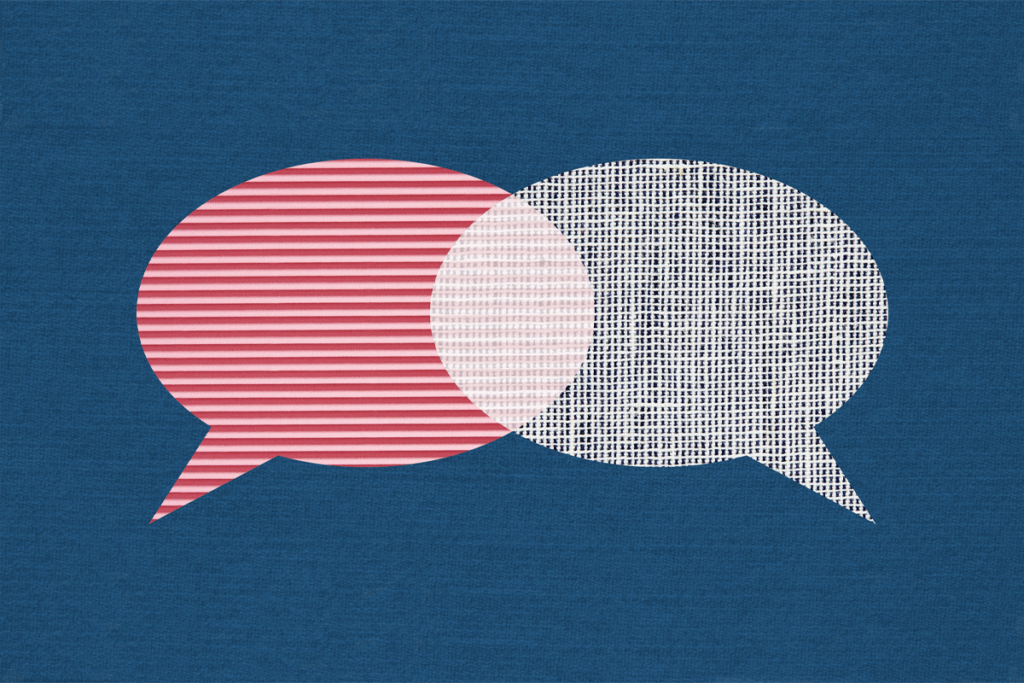
Talking shop: The Transmitter’s top quotes of 2025
Find out what “may be one of the brain’s most underappreciated superpowers” and why it’s so crucial to “talk about our research in our everyday lives.”
This paper changed my life: Sandra Jurado marvels at the first-ever 3D model of a synaptic vesicle
In this 2006 Cell paper, Shigeo Takamori and his colleagues showcased the molecular machinery of synaptic vesicles in outstanding detail. Their work taught me that these aren’t just passive containers for neurotransmitters but dynamic, precision-built nanomachines.
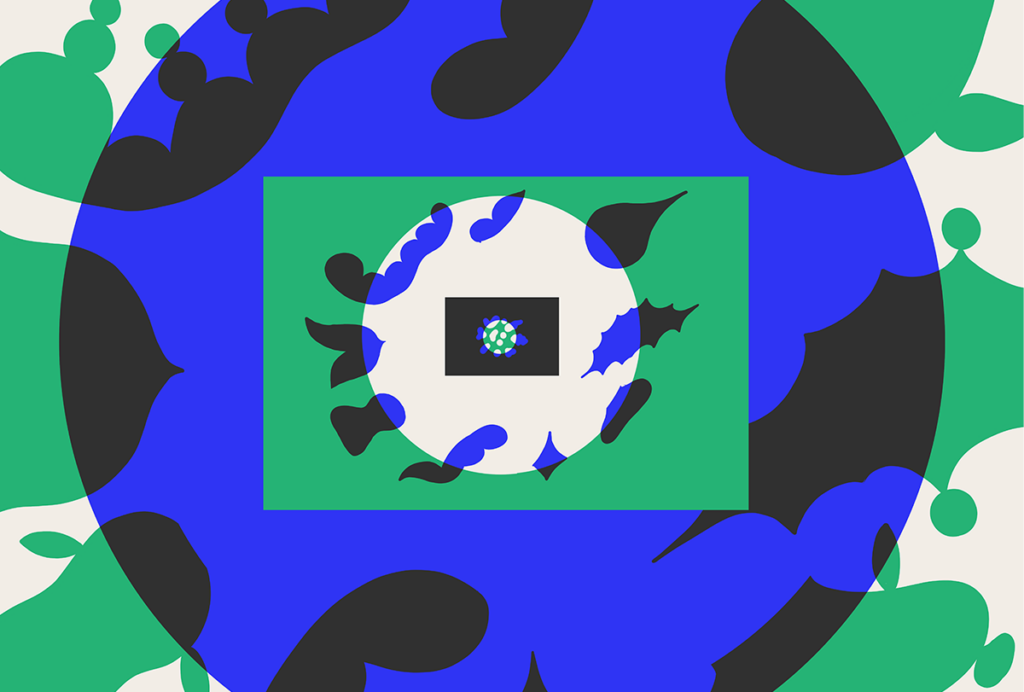
This paper changed my life: Sandra Jurado marvels at the first-ever 3D model of a synaptic vesicle
In this 2006 Cell paper, Shigeo Takamori and his colleagues showcased the molecular machinery of synaptic vesicles in outstanding detail. Their work taught me that these aren’t just passive containers for neurotransmitters but dynamic, precision-built nanomachines.
Timothy Ryan on his pivotal switch from studying particle physics to decoding synaptic transmission
Dissuaded from pursuing theoretical physics and deterred by the “long feedback loop” in experimental physics, the National Academy of Sciences member took inspiration from “polymath” Watt Webb and “visionary” Stephen Smith—and learned to work “completely outside his comfort zone.”
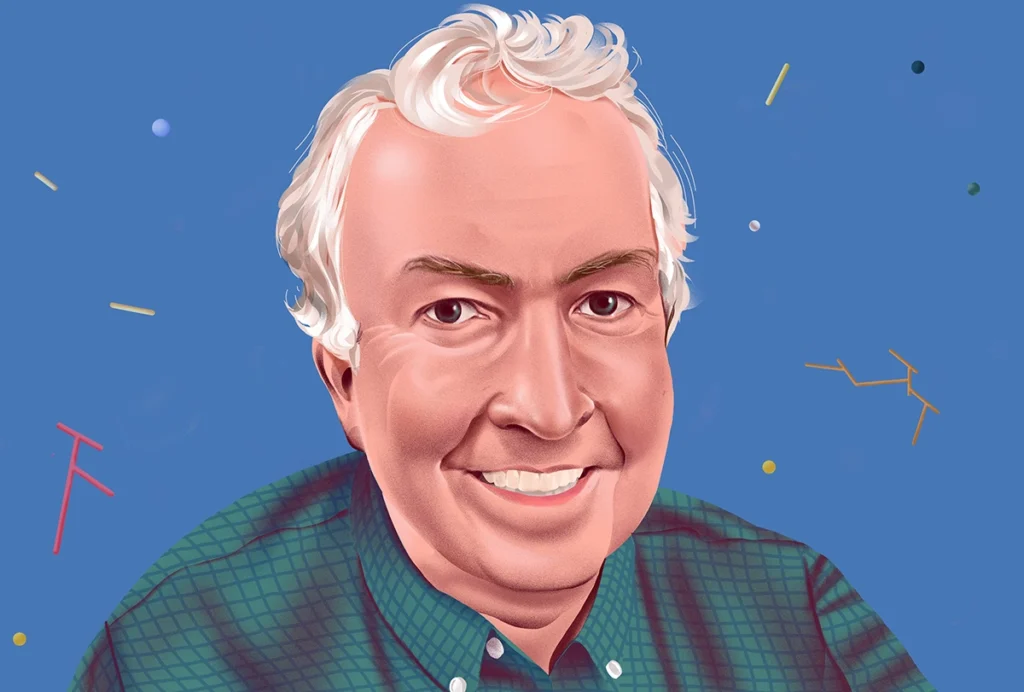
Timothy Ryan on his pivotal switch from studying particle physics to decoding synaptic transmission
Dissuaded from pursuing theoretical physics and deterred by the “long feedback loop” in experimental physics, the National Academy of Sciences member took inspiration from “polymath” Watt Webb and “visionary” Stephen Smith—and learned to work “completely outside his comfort zone.”
Multi-omics study captures CNTNAP2’s far-ranging effects
The in-depth approach shows mutations in the autism-linked gene disrupt neuronal growth and communication, as well as mitochondrial gene expression.
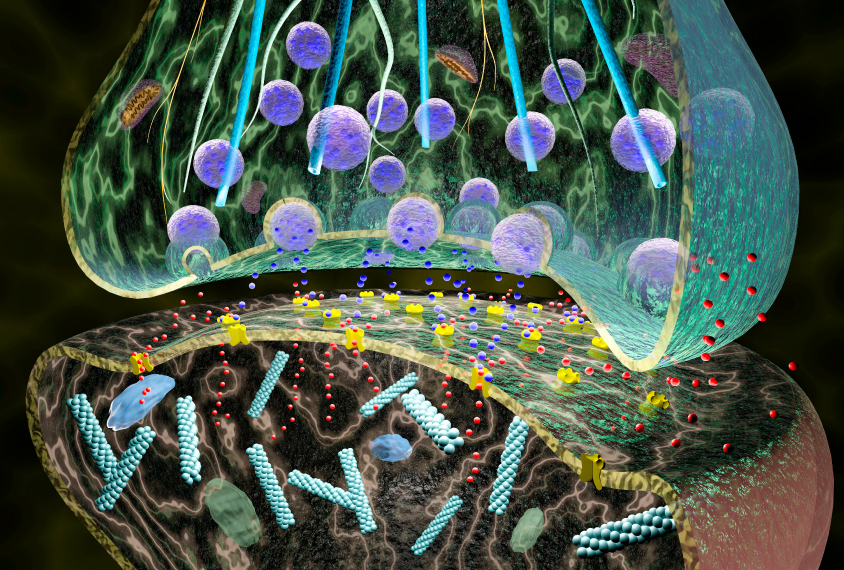
Multi-omics study captures CNTNAP2’s far-ranging effects
The in-depth approach shows mutations in the autism-linked gene disrupt neuronal growth and communication, as well as mitochondrial gene expression.
How microscopic ‘condensates’ in cells might contribute to autism
A controversial idea about how cells compartmentalize their contents into droplets — like beads of oil in water — could be key to understanding autism, says Julie Forman-Kay.

How microscopic ‘condensates’ in cells might contribute to autism
A controversial idea about how cells compartmentalize their contents into droplets — like beads of oil in water — could be key to understanding autism, says Julie Forman-Kay.
New method exposes structures inside ‘rainbow’ of brain cells
Molecules from alpacas may enable scientists to identify cell types in the brain while also revealing their interior structures.
New method exposes structures inside ‘rainbow’ of brain cells
Molecules from alpacas may enable scientists to identify cell types in the brain while also revealing their interior structures.
Dividing autism; novel messengers; million-dollar mark and more
A researcher proposes splitting autism into subtypes, mitochondria make neurotransmitters, and highly successful grantees may face a funding cap.
Dividing autism; novel messengers; million-dollar mark and more
A researcher proposes splitting autism into subtypes, mitochondria make neurotransmitters, and highly successful grantees may face a funding cap.
New tool spotlights neuron junctions in living human brains
A new imaging technique allows researchers to illuminate the junctions between neurons in a living person’s brain.
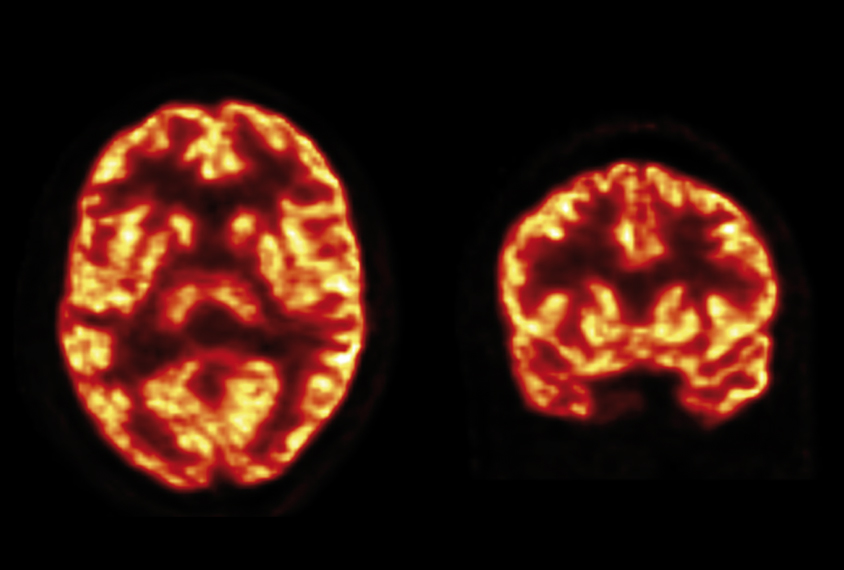
New tool spotlights neuron junctions in living human brains
A new imaging technique allows researchers to illuminate the junctions between neurons in a living person’s brain.
Rainbow of dyes maps neurons’ tangled paths in brain
A new method that lets researchers trace the paths of many neurons at once may reveal how neurons go astray in autism.

Rainbow of dyes maps neurons’ tangled paths in brain
A new method that lets researchers trace the paths of many neurons at once may reveal how neurons go astray in autism.
Suite of methods yields complex model of neuronal junctions
Researchers debuted a three-dimensional model of an average synapse, the point of connection between neurons, in the 30 May issue of Science.

Suite of methods yields complex model of neuronal junctions
Researchers debuted a three-dimensional model of an average synapse, the point of connection between neurons, in the 30 May issue of Science.
Explore more from The Transmitter
Some facial expressions are less reflexive than previously thought
A countenance such as a grimace activates many of the same cortical pathways as voluntary facial movements.

Some facial expressions are less reflexive than previously thought
A countenance such as a grimace activates many of the same cortical pathways as voluntary facial movements.
Cracking the neural code for emotional states
Rather than act as a simple switchboard for innate behaviors, the hypothalamus encodes an animal's internal state, which influences behavior.

Cracking the neural code for emotional states
Rather than act as a simple switchboard for innate behaviors, the hypothalamus encodes an animal's internal state, which influences behavior.
Alex Maier argues that a scientific explanation of consciousness requires grounding in formalized mathematics
When it comes to discovering laws of nature for consciousness similar to those in physics, Maier argues that integrated information theory is the only game in town.
Alex Maier argues that a scientific explanation of consciousness requires grounding in formalized mathematics
When it comes to discovering laws of nature for consciousness similar to those in physics, Maier argues that integrated information theory is the only game in town.